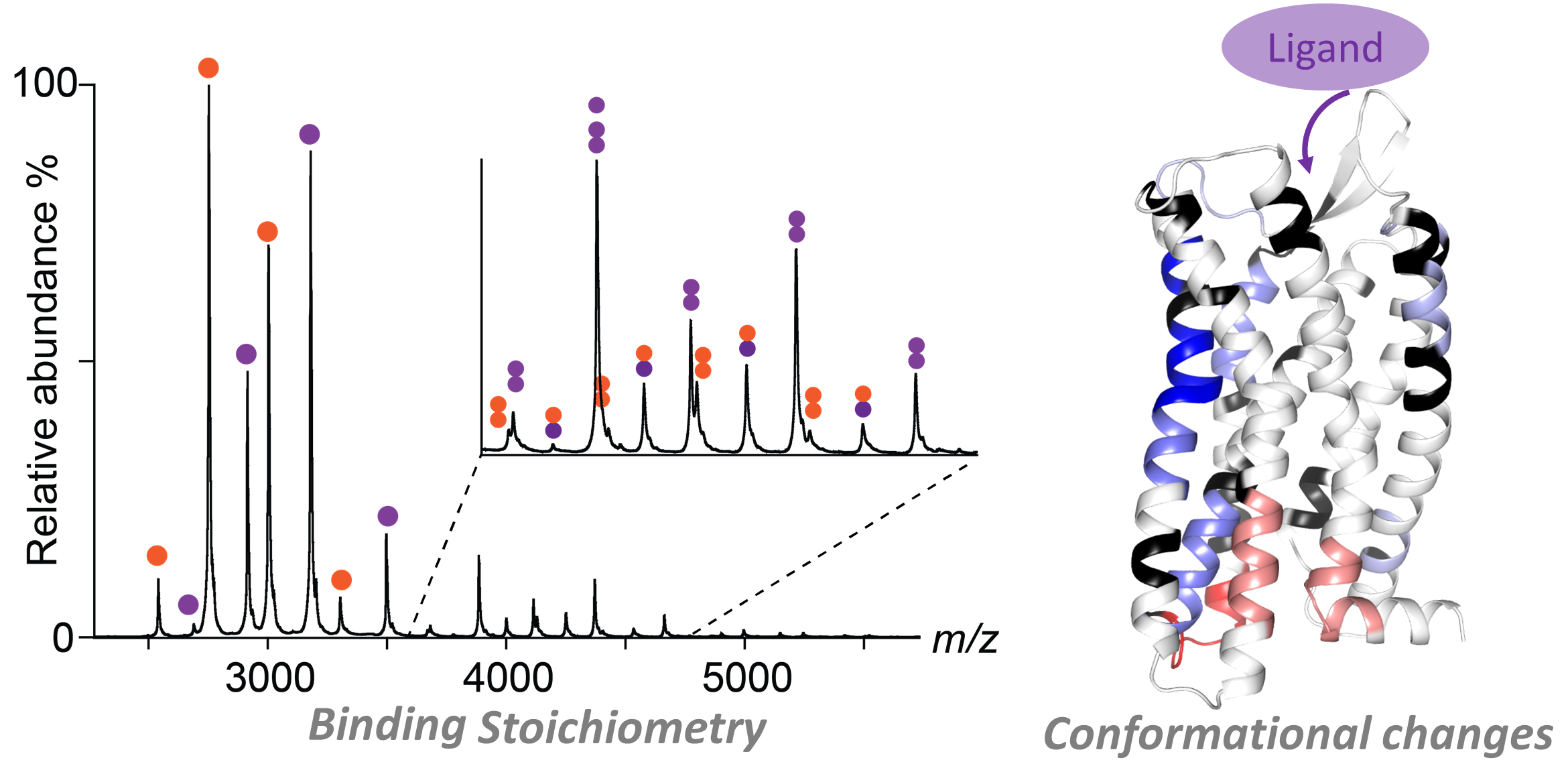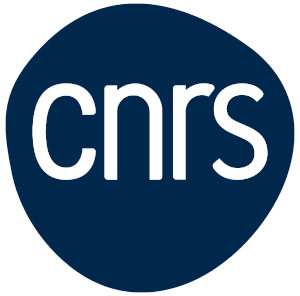Séminaire par Cherine Bechara, Institut de Génomique Fonctionnelle – CNRS, INSERM & Université de Montpellier, le mardi 06 février à 11h

Dans le cadre de l’animation scientifique, Cherine Bechara, chercheuse à l’Institut de Génomique Fonctionnelle – CNRS, INSERM & Université de Montpellier, présentera une conférence intitulée “Interactions and Dynamics of Atypical Chemokine Receptors probed by Structural Mass Spectrometry” le mardi 06 février à 11h en salle de séminaire de l’ISA.
Résumé de la présentation:
Despite the impressive achievements of structural analysis techniques and novel prediction methods, identifying molecular interactions and dynamic fingerprints associated with protein function require a broader view than the one offered by a single technique. In this context, structural mass spectrometry (MS) offers an array of complementary applications that provide information about protein structure, dynamics and interactions.1,2
Here, I will present selected examples in which we used native MS and hydrogen-deuterium exchange MS to gain insights into G protein-coupled receptors mechanism of action. More specifically, I will describe how these approaches were combined with other techniques to explore: i) the mechanism of activation of atypical chemokine receptors to understand the structural determinants of receptor biased signaling,3 and ii) the interplay between bacterial toxins and atypical chemokine receptors as a crucial step for bacterial virulence and growth.4
Altogether, these examples showcase the growing importance of MS for the structural and functional analysis of biological macromolecules in health and disease.
Références
1T.M. Allison and C. Bechara, Structural mass spectrometry comes of age: new insight into protein structure, function and interactions. Biochem. Soc. Trans., 47 (2019), 317-327.
2H.M. Britt et al., Integration of mass spectrometry data for structural biology. Chem. Rev., 122 (2022), 7952-7986.
3O. Otun et al., Conformational dynamics underlying Atypical Chemokine Receptor 3 activation. BioRχiv, (2023) DOI: 2023.07.17.549382.
4C.M. Grison et al., Molecular insights into mechanisms of GPCR hijacking by Staphylococcus aureus. Proc. Natl. Acad. Sci. U. S. A., 118 (2021) e2108856118.


